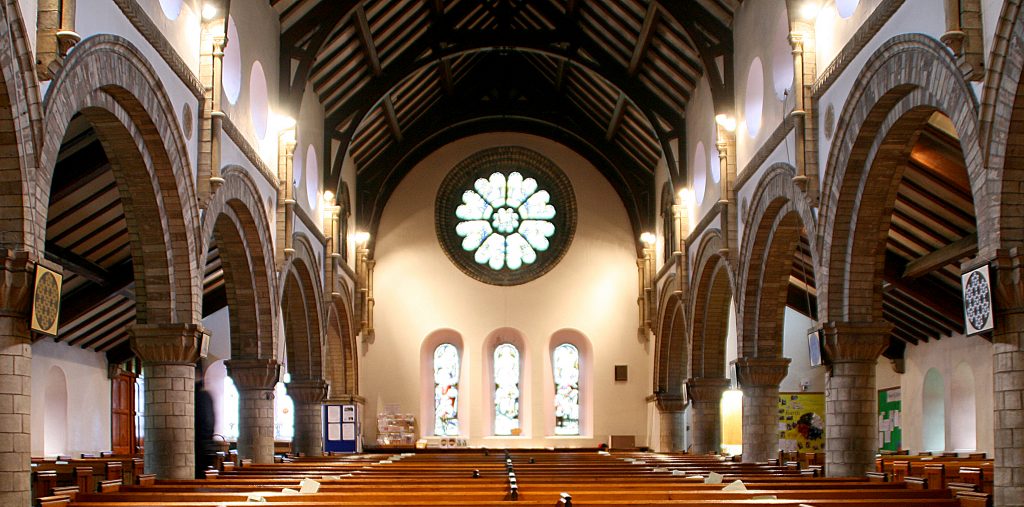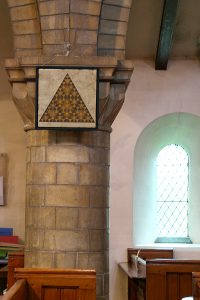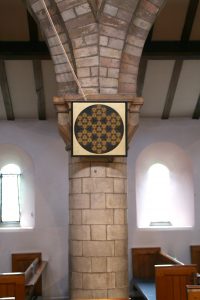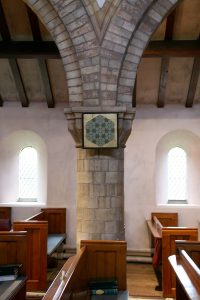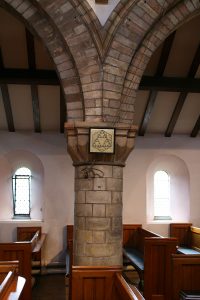Solo Exhibition at St Paul’s Church – Lancaster, UK – 14 April / 9 Dec 2015
Fractal Geometry was formalized in the late 70s by the mathematician Benoit Mandelbrot and came to extend the classical framework of Euclidean geometry that had been dominant for centuries in Western philosophical and scientific thinking. According to Mandelbrot, a fractal is “a rough or fragmented geometric shape that can be split into parts, each of which is (at least approximately) a reduced-size copy of the whole”. Presenting a dynamic interrelationship between the parts and the whole, in a fractal shape, every unit is a whole and a part at the same time, and as a consequence of this iteration, fractals are theoretically eternal. Interestingly, while Fractals were introduced to the scientific community only recently, their presence is apparent in numerous artistic and religious expressions since ancient times.
As an interweaving between notions belonging to science and religion this project was constructed and guided by concepts that can be found on Leonardo Da Vinci’s writings and Plato’s Timaeus. Plato’s idea that ‘the universe is in the form of a sphere” allows us to establish a direct relationship with the site. Being the sphere and the circle continuous shapes, that is to say, having no beginning or end, in this sense, they can symbolize unity, wholeness and infinity. Also as described by the Greek philosopher: “having its extremes in every direction equidistant from the centre, the most perfect and the most like itself of all figures”, therefore, “a body entire and perfect, and formed out of perfect bodies’.
In the case of Da Vinci’s writings, ideas were exposed on how the universe could act as a source of philosophical knowledge. However, he added, ‘in order to understand it, one must first study its language and letters. It is written in the language of mathematics and its letters are triangles, circumferences and other geometric figures, without a knowledge of which it is impossible to understand a single word’.
In Fractals: Icons, the rotunda of the Round Church appears as a perfect wholeness, container of eight Icon paintings depicting fragmented geometric shapes. Altogether, with these paintings the intention is to convey ideas like the one presented by Fractals that states that we are all wholes but, at the same time, we are also parts of a bigger one, just, at different scales of magnification.

